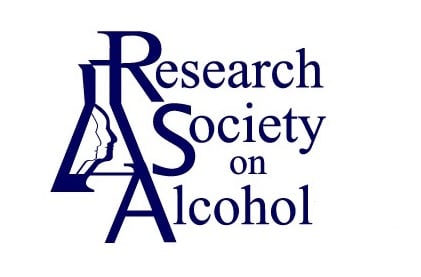Journal list menu
Export Citations
Download PDFs
ISSUE INFORMATION
ANNOUNCEMENT
ARTICLES OF PUBLIC INTEREST
CRITICAL REVIEWS
Evidence of subgroup differences in meta-analyses evaluating medications for alcohol use disorder: An umbrella review
- Pages: 5-15
- First Published: 15 November 2023
This umbrella review identified and summarized the range of characteristics of reported subgroup analyses across meta-analyses of alcohol use disorder medications. The review identified 9 meta-analyses that included 61 formal subgroup analyses and 12 meta-analyses reporting the results of 102 meta-regression analyses. The study findings suggest that subgroup analyses across meta-analyses of alcohol use disorder medications often focus on study-level characteristics, which may not be as clinically informative as subgroup analyses based on participant-level characteristics.
The selection of statistical models for reporting count outcomes and intervention effects in brief alcohol intervention trials: A review and recommendations
- Pages: 16-28
- First Published: 20 November 2023
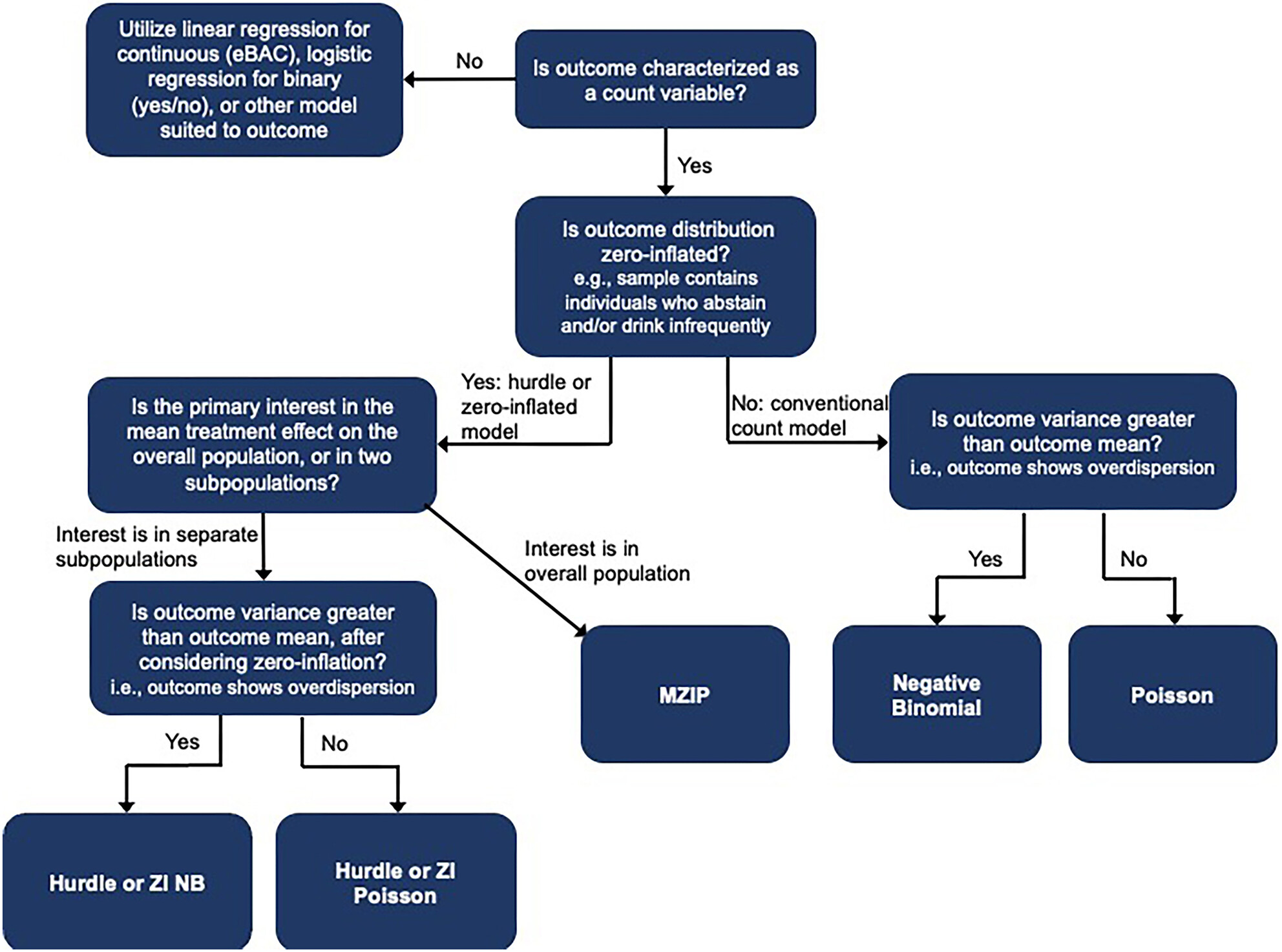
Brief alcohol interventions (BAIs) often have count outcomes, such as the number of drinks consumed. Choosing an appropriate method to analyze count outcomes is critical for building evidence around efficacy and effectiveness of BAIs. This critical review provides step-by-step guidelines and accessible resources for selecting statistical models to analyze count data. We also provide a checklist for data reporting of count outcomes for BAIs. By following these recommendations, future alcohol intervention research may improve accuracy, transparency, and reproducibility of results.
COMMENTARY
A commentary on the value of a time qualifier in the definition of high-intensity drinking
- Pages: 29-32
- First Published: 27 October 2023
RESEARCH ARTICLES
Disrupted executive cerebro-cerebellar functional connectivity in alcohol use disorder
- Pages: 33-47
- First Published: 05 November 2023
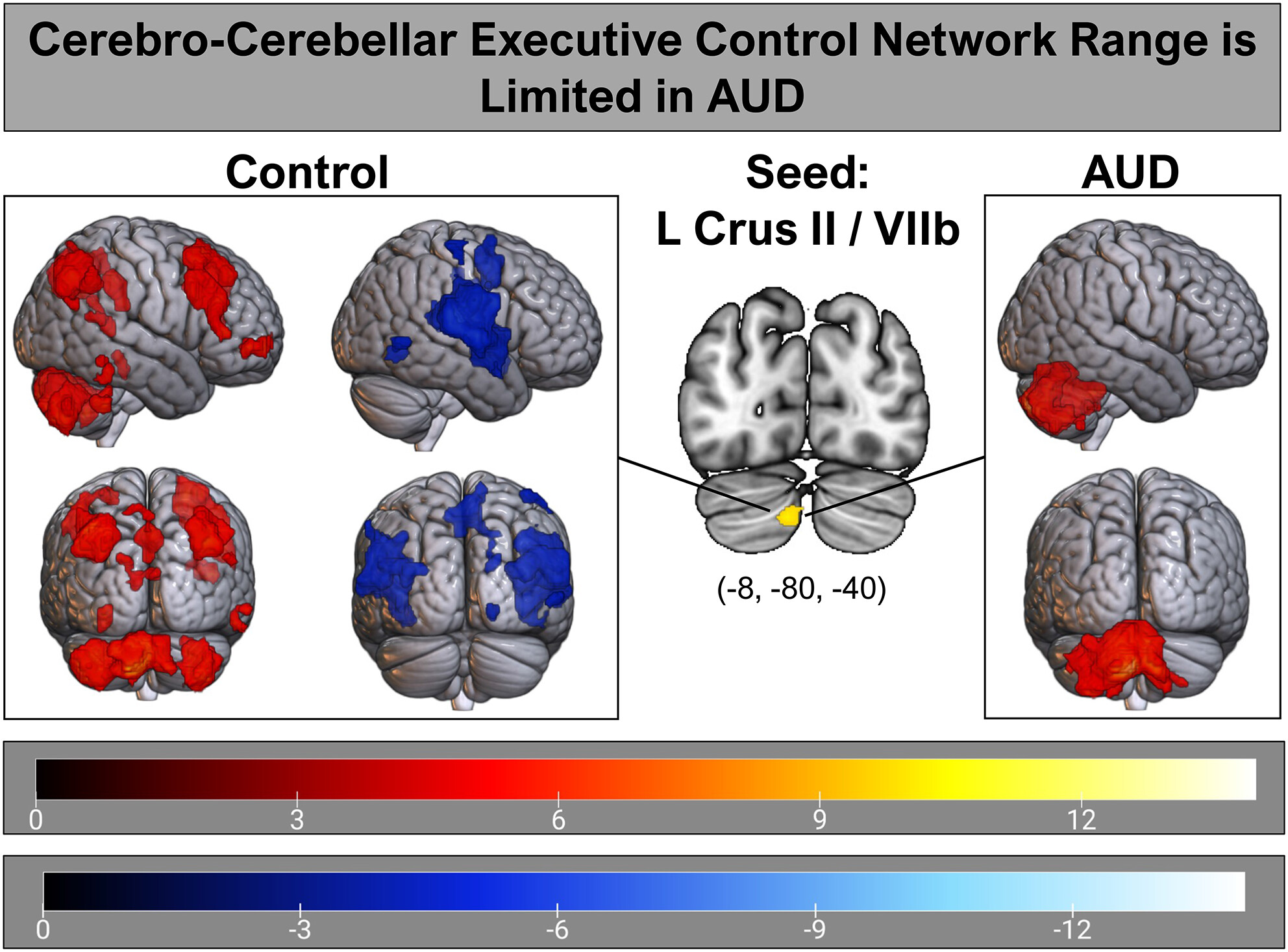
The cerebellum contributes to control over wide-ranging behaviors and underlying neural circuits that are relevant to alcohol use disorder (AUD). Few studies have assessed network connectivity with this region and its association with executive control in AUD. The present study implemented an agnostic whole-brain approach and identified network alterations in AUD, predominantly within the cerebro-cerebellar executive control network. These findings suggest that the cerebellum may play a significant role in executive control loss in AUD.
Long-lasting mechanical hypersensitivity and CRF receptor type-1 neuron activation in the BNST following adolescent ethanol exposure
- Pages: 48-57
- First Published: 13 November 2023
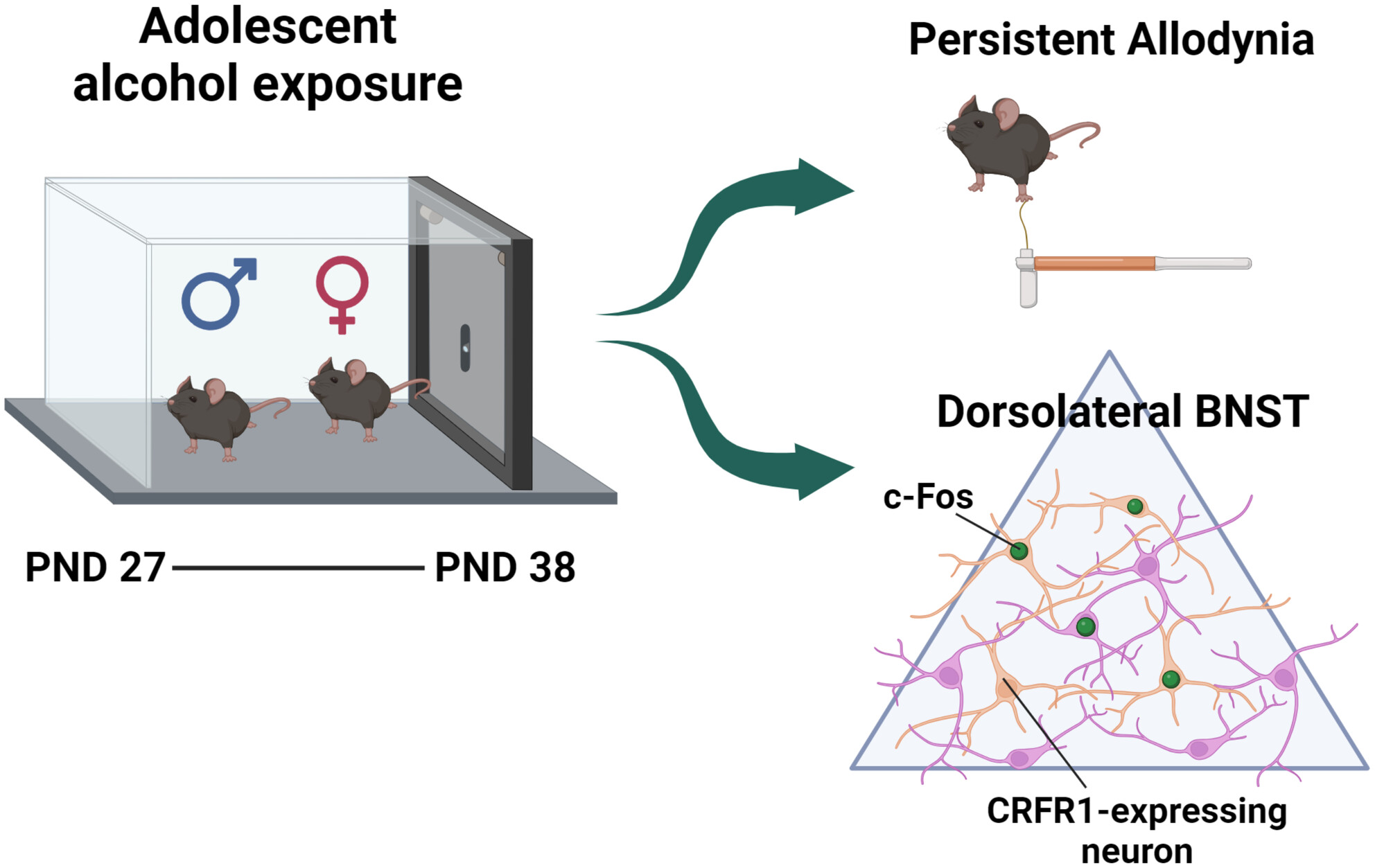
Pain emerges as a significant risk factor for relapse in those recovering from problematic alcohol use. Our study reveals that adolescent alcohol exposure induces persistent mechanical hypersensitivity during protracted withdrawal in male and female mice. This hyperalgesic state was accompanied by activation of corticotropin-releasing factor receptor type 1-expressing neurons in the dorsolateral bed nucleus of the stria terminalis. These findings bring new insights into the long-term neurobiological consequences of adolescent alcohol use.
Acetaldehyde-mediated increase in glutamatergic and N-acetylaspartate neurometabolite levels in the midcingulate cortex of ALDH2*1/*2 heterozygous young adults
- Pages: 58-71
- First Published: 20 November 2023
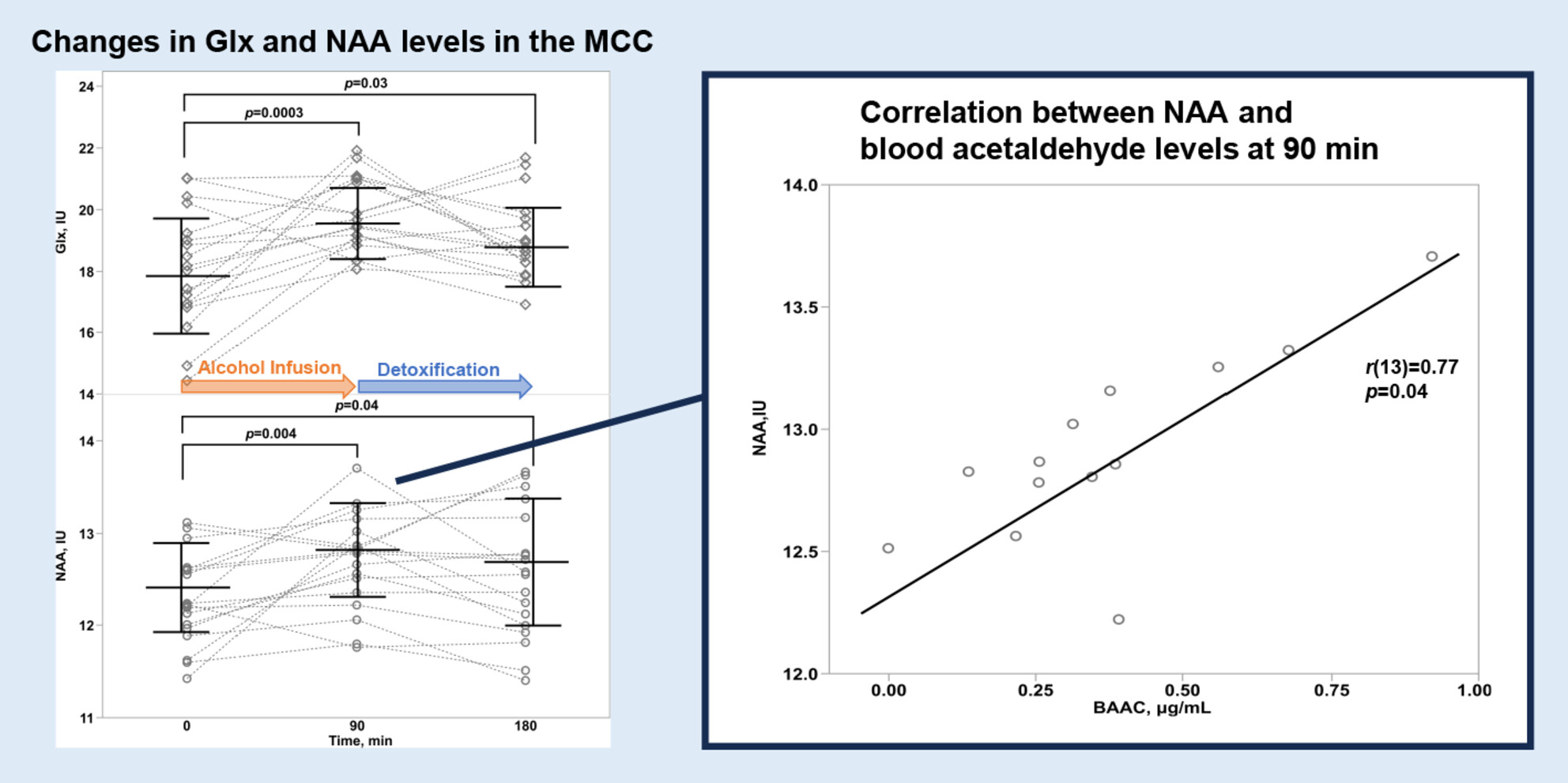
The study investigates the acute effects of moderate alcohol on neurometabolites, glutamate+glutamine (Glx) and N-acetylaspartate+N-acetylaspartylglutamate (NAA), in the midcingulate cortex of healthy young adults. Using 1H-MRS and an alcohol clamp technique, we found that both Glx and NAA levels increased post-alcohol infusion. Importantly, NAA levels positively correlated with blood acetaldehyde, not alcohol levels. The findings suggest that acetaldehyde, a metabolite of alcohol, may play a key role in these neurometabolic changes, offering new insights into the neurobiological effects of alcohol.
The mechanisms underlying alcohol-induced decreased splenic size: A network meta-analysis study
- Pages: 72-87
- First Published: 22 November 2023
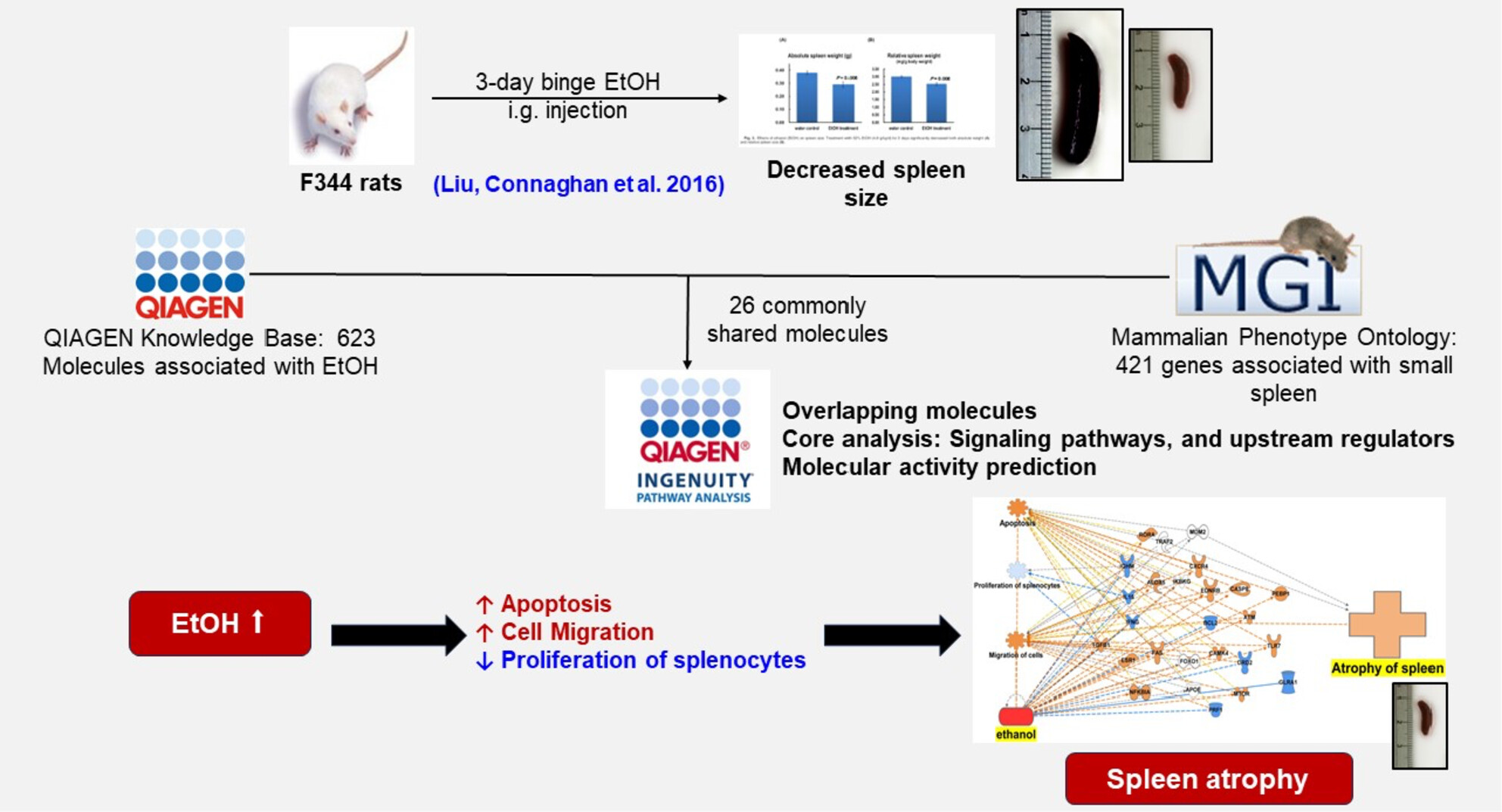
The present study was conducted to reveal the mechanisms underlying binge ethanol-induced spleen atrophy through network meta-analysis, using various tools of QIAGEN Ingenuity Pathway Analysis. The QIAGEN knowledge base and Mammalian Phenotype Ontology were used to identify alcohol-related molecules and the molecules associated with the small spleen phenotype, respectively. Alcohol-mediated concurrent activation and inhibition of molecules led to decreased spleen size by modulation of cell death (apoptosis), cell proliferation, and cell migration/emigration (immune cell redistribution).
Exclusive liquor and cocktail consumption is associated with at-risk fibrosis among nonheavy alcohol users with metabolic dysfunction-associated steatotic liver disease
- Pages: 88-97
- First Published: 06 November 2023
In a nationally representative sample of US adults with metabolic dysfunction-associated steatotic liver disease (MASLD), exclusive liquor or cocktail consumption is associated with a 5.02-fold increased risk of liver fibrosis among nonheavy alcohol users. Nonheavy alcohol use overall was not associated with F2 or greater liver fibrosis after adjusting for confounders. Our findings highlight the need to investigate subcategories of drinking behavior that may lead to liver fibrosis even among those without heavy drinking.
Emergency services utilization by patients with alcohol-associated hepatitis: An analysis of national trends
- Pages: 98-109
- First Published: 09 January 2024
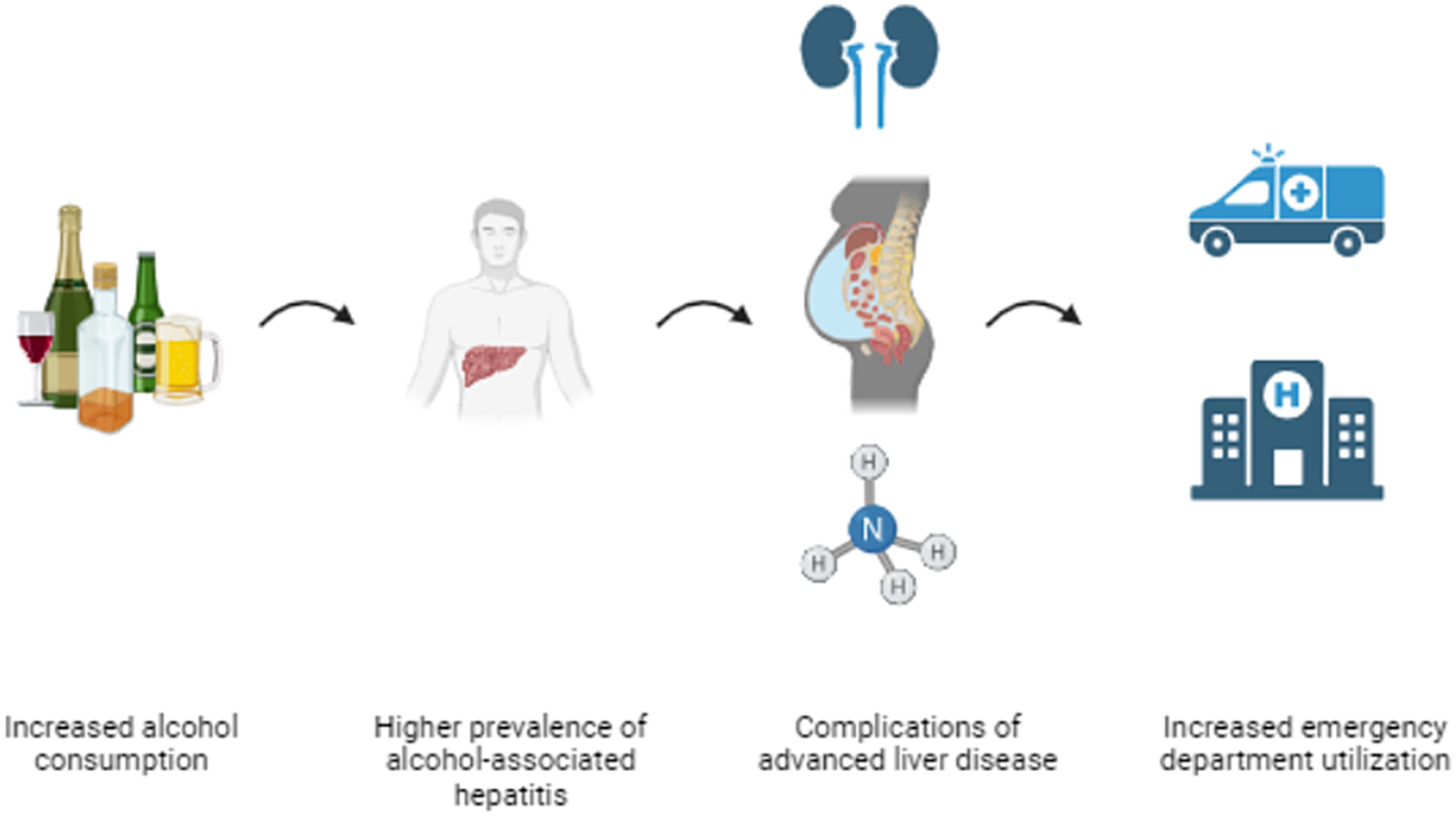
Alcohol-associated hepatitis (AH) is a severe liver disease with poor clinical outcomes. Patients with severe illnesses and those with limited socioeconomic support tend to disproportionately use the emergency department (ED) over other care settings. Despite the temporal increase in prevalence of AH, ED utilization in these patients is not known. Using the Nationwide Emergency Department Sample from 2016-2019, we noted an increase in ED utilization rates for AH, a higher proportion of patients 25-44 years, and greater disease severity.
Extension for Community Healthcare Outcomes fetal alcohol spectrum disorder (ECHO FASD): Tele-mentoring program to increase healthcare capacity for FASD diagnosis
- Pages: 110-121
- First Published: 16 November 2023
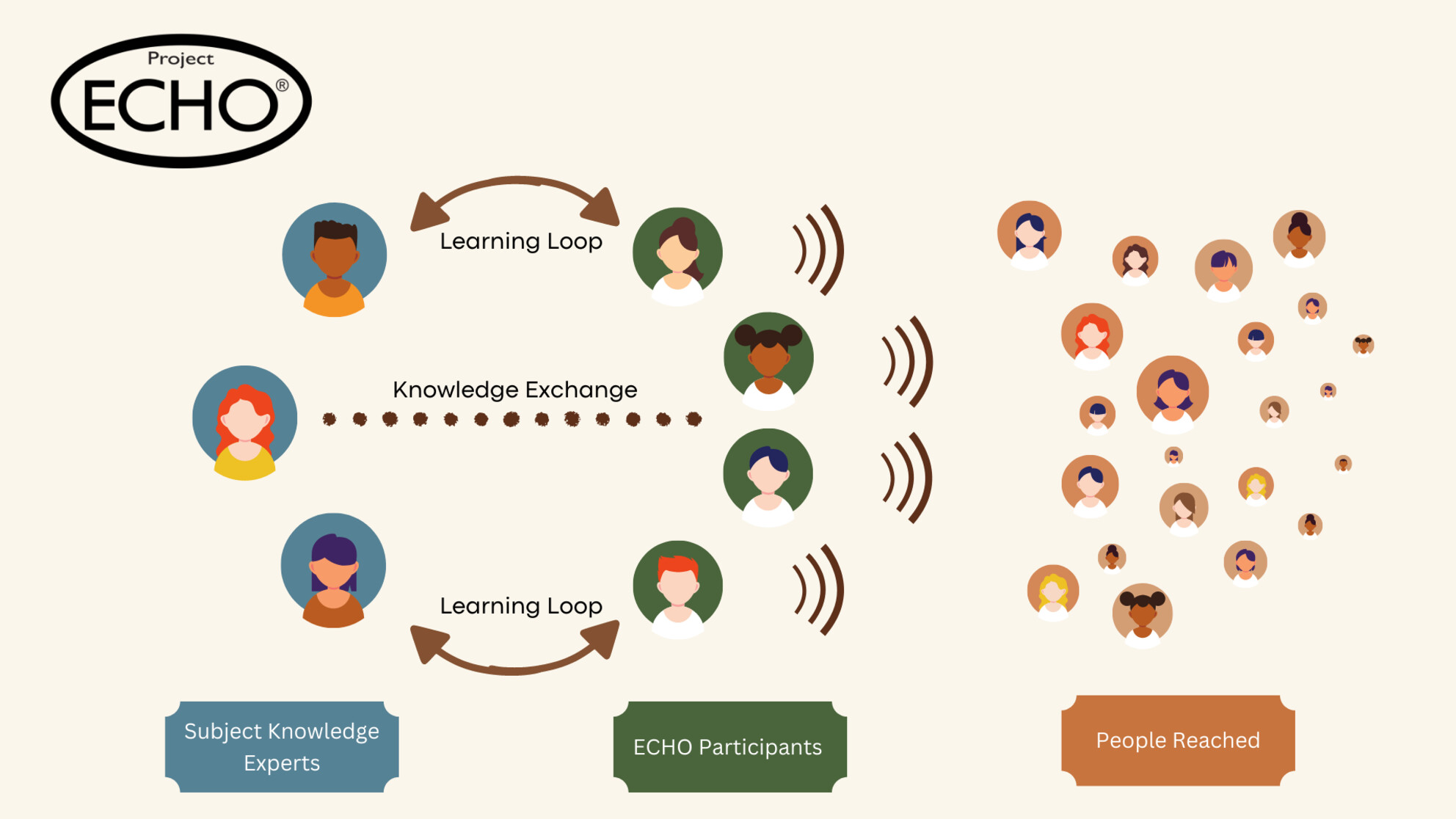
Insufficient diagnostic capacity is a critical barrier to achieving goals of early diagnosis and provision of FASD-informed care. We conducted a pre-post analysis to examine the feasibility of virtual tele-mentoring (ECHO FASD) to train community clinicians to assess, diagnose, and treat children with FASD in their practices. Data including registration, attendance, participant ratings, diagnostic accuracy, and changes in pre-post-intervention knowledge and confidence support feasibility of the model as a potential way to improve diagnostic capacity.
Predicting fetal alcohol spectrum disorders in preschool-aged children from early life factors
- Pages: 122-131
- First Published: 20 November 2023
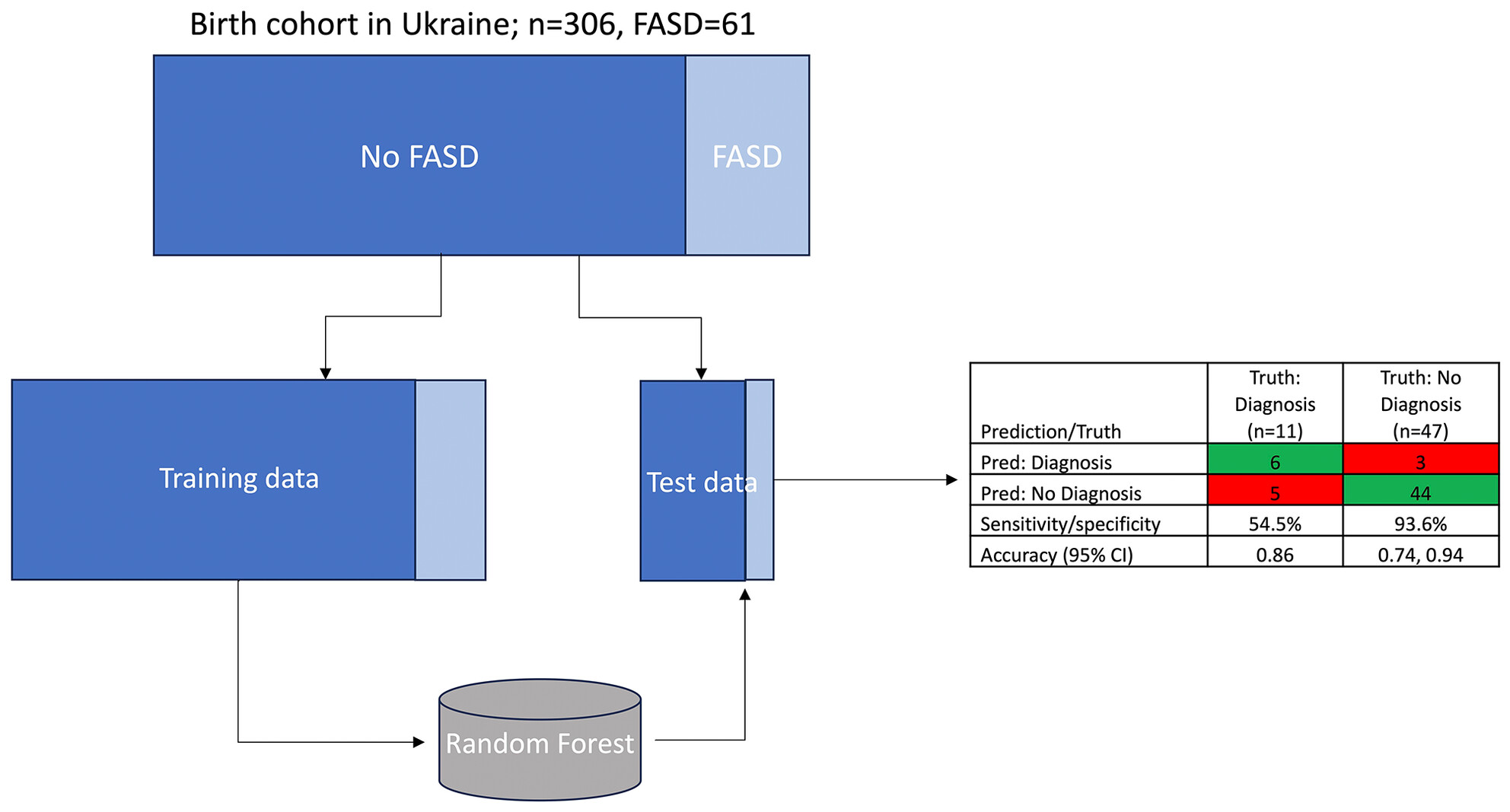
Using data from a prospective cohort in Ukraine, the objective of this study was to evaluate the performance of a classifier model for FASD diagnosed in preschool-aged children from pregnancy and infancy-related characteristics. In a hold-out sample, the best performing algorithm correctly classified 6 of 11 children with FASD, and 44 of 47 children without FASD. As early identification and treatment optimizes outcomes of children with FASD, classifier models from early life characteristics show promise.
Sex and individual differences in the effect of chronic low-dose ethanol on behavioral strategy selection
- Pages: 132-141
- First Published: 30 October 2023
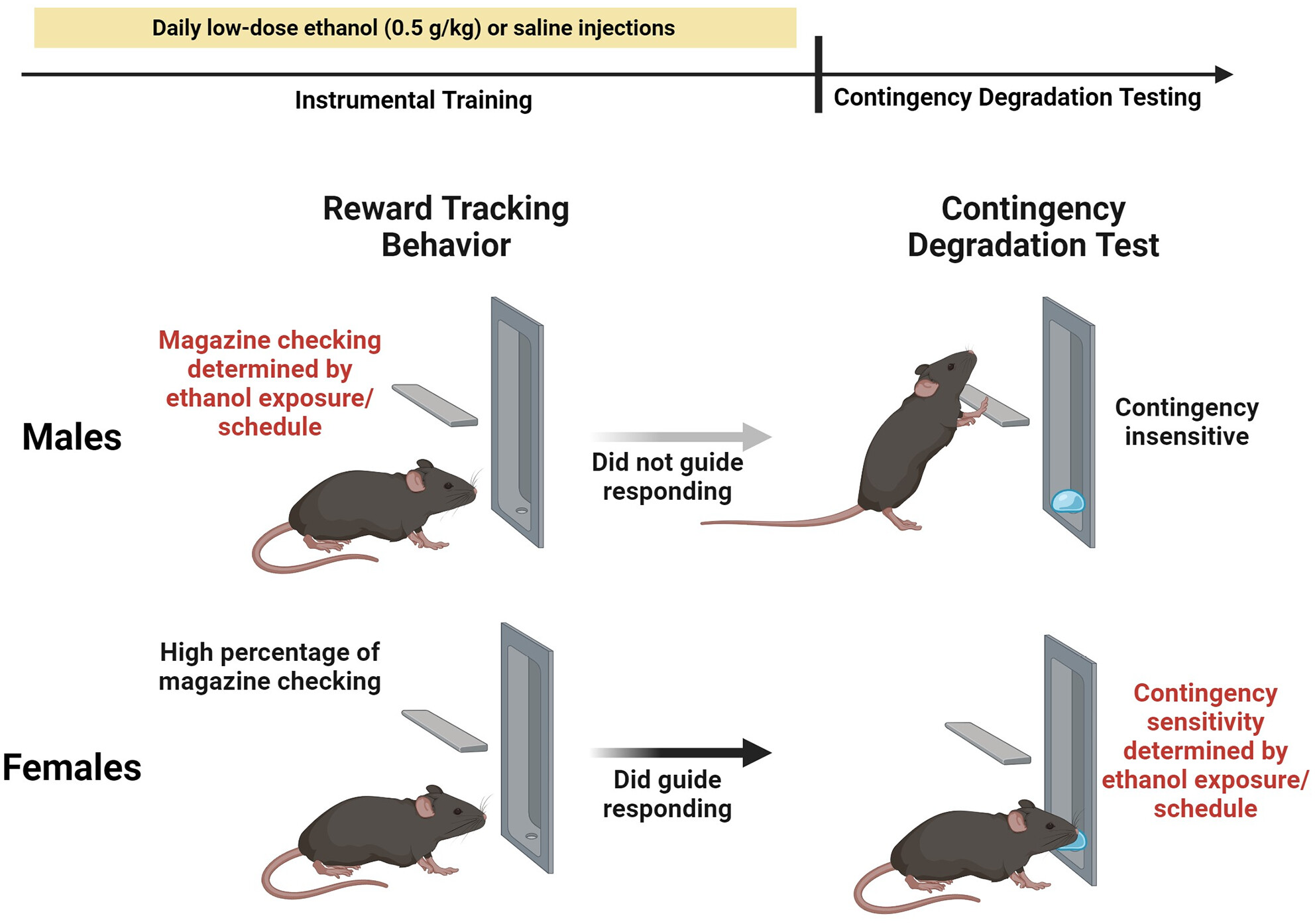
This study investigated sex differences in the effects of chronic low-dose ethanol history on reward tracking and use of contingencies to guide behavior. While male mice were insensitive to contingency changes in this paradigm, ethanol exposure reduced reward tracking behavior in males. In contrast, in female mice, ethanol exposure interacted with reinforcement history to drive insensitivity to changes in contingency. These findings reveal that males and females use different strategies during behavior, and these are differentially impacted by ethanol.
A latent profile analysis of social anxiety, depression, and pregaming motives among heavy-drinking college students
- Pages: 142-152
- First Published: 07 January 2024
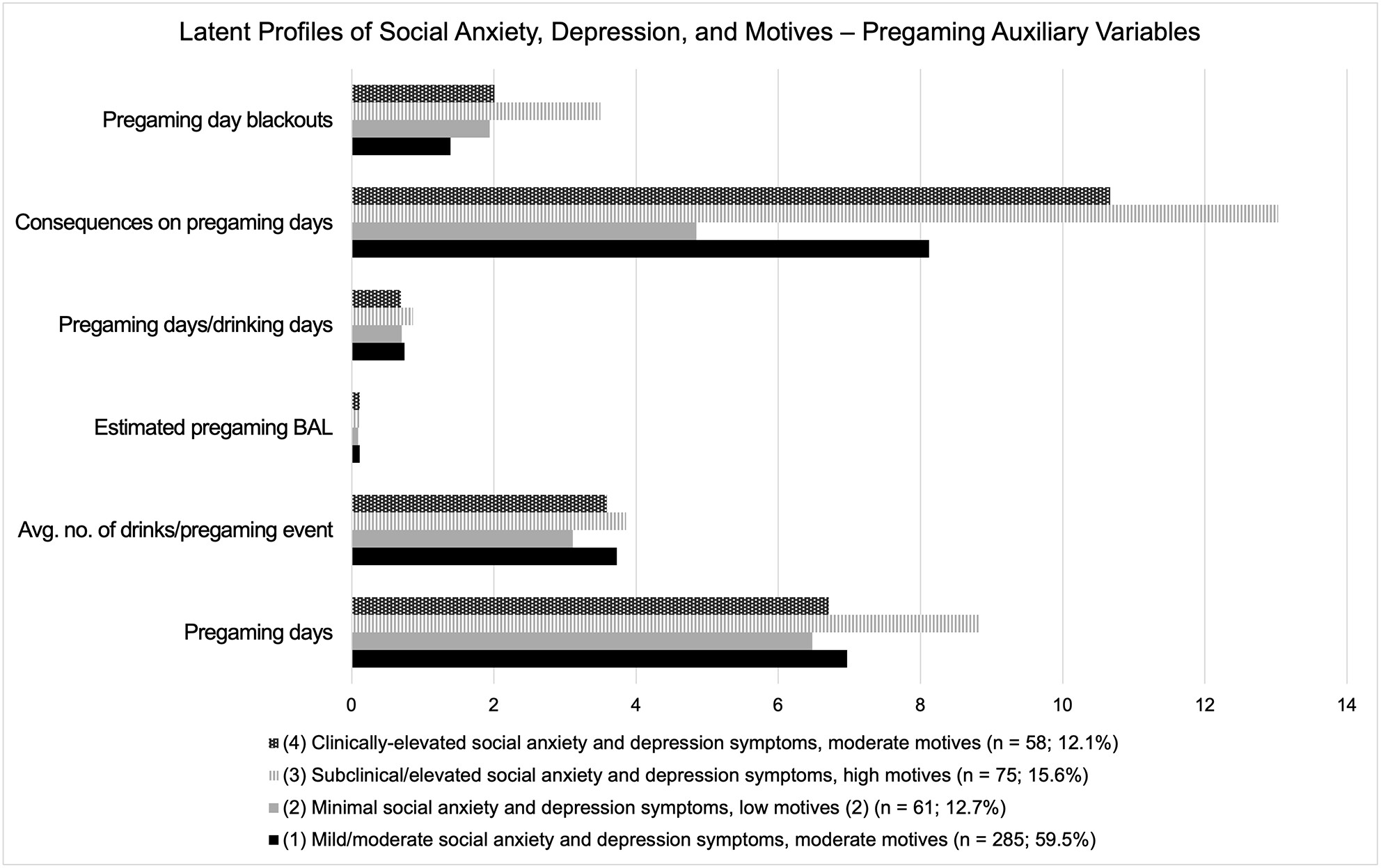
The current study examined heterogeneity in how pregaming motives, social anxiety, and depression associate with past 30-day pregaming variables among heavy-drinking university students. Results indicated that profiles with subclinical social anxiety/depression and high pregaming motives were associated with more frequent pregaming and consequences. Clinically-elevated social anxiety/depression and moderate motives associated with greater negative consequences among students. Interventions targeting pregaming-specific motives, especially those related to co-occurring social anxiety and depression symptoms, may reduce drinking-related harm related to pregaming among students.
Automated-detection of risky alcohol use prior to surgery using natural language processing
- Pages: 153-163
- First Published: 08 January 2024
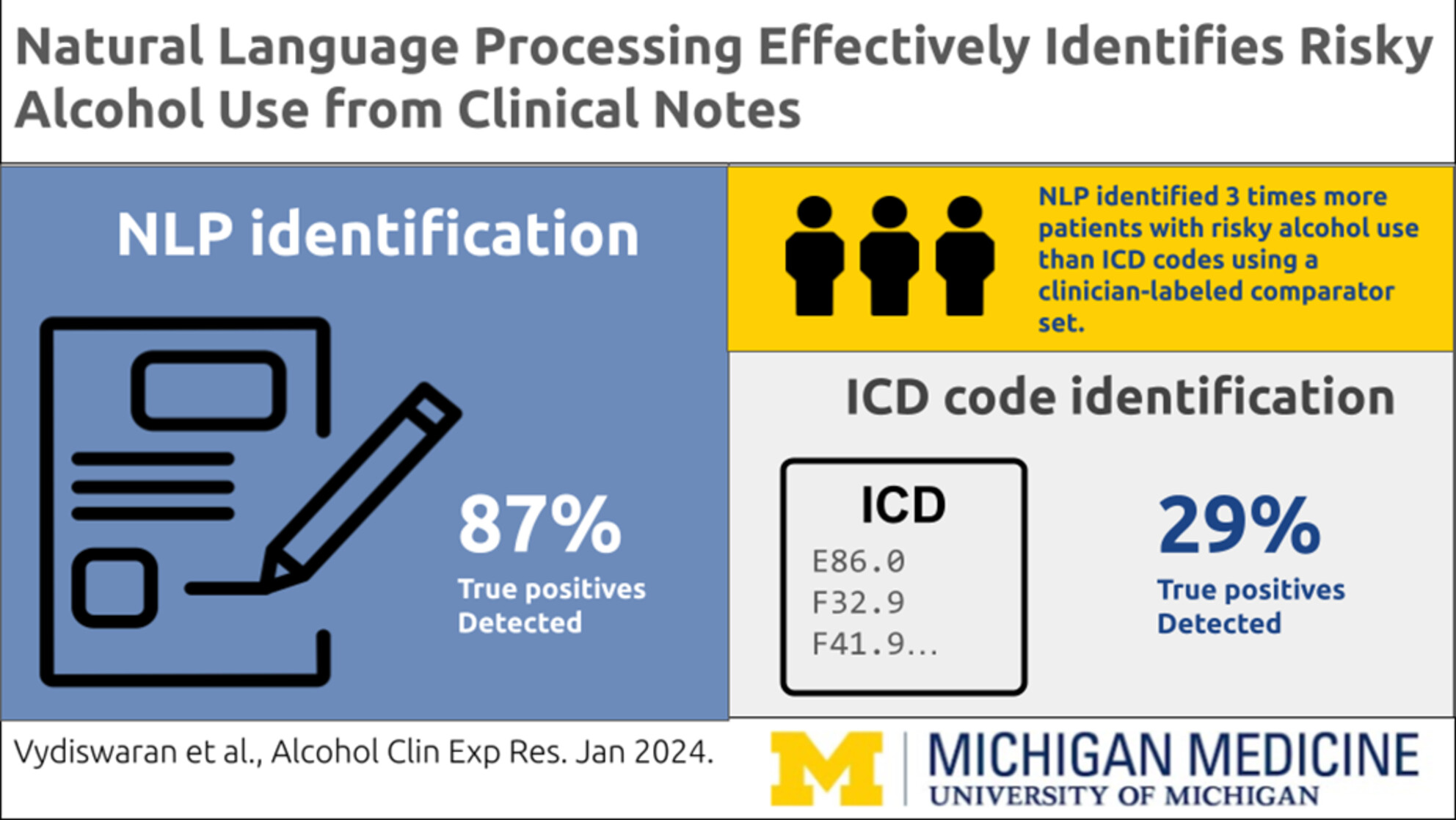
This study examined the use of natural language processing (NLP) to identify alcohol-related risks before surgery by analyzing patients’ clinical notes from three years prior. Comparing the NLP model with a human-labeled dataset and ICD codes, the NLP-based approach identified three times more patients with risky alcohol use, and accurately identified 87% of the patients classified by humans as higher risk. Findings show the potential of NLP to augment other alcohol screening tools to enhance surgical safety.
A pilot, randomized clinical trial: Left dorsolateral prefrontal cortex intermittent theta burst stimulation improves treatment outcomes in veterans with alcohol use disorder
- Pages: 164-177
- First Published: 10 January 2024
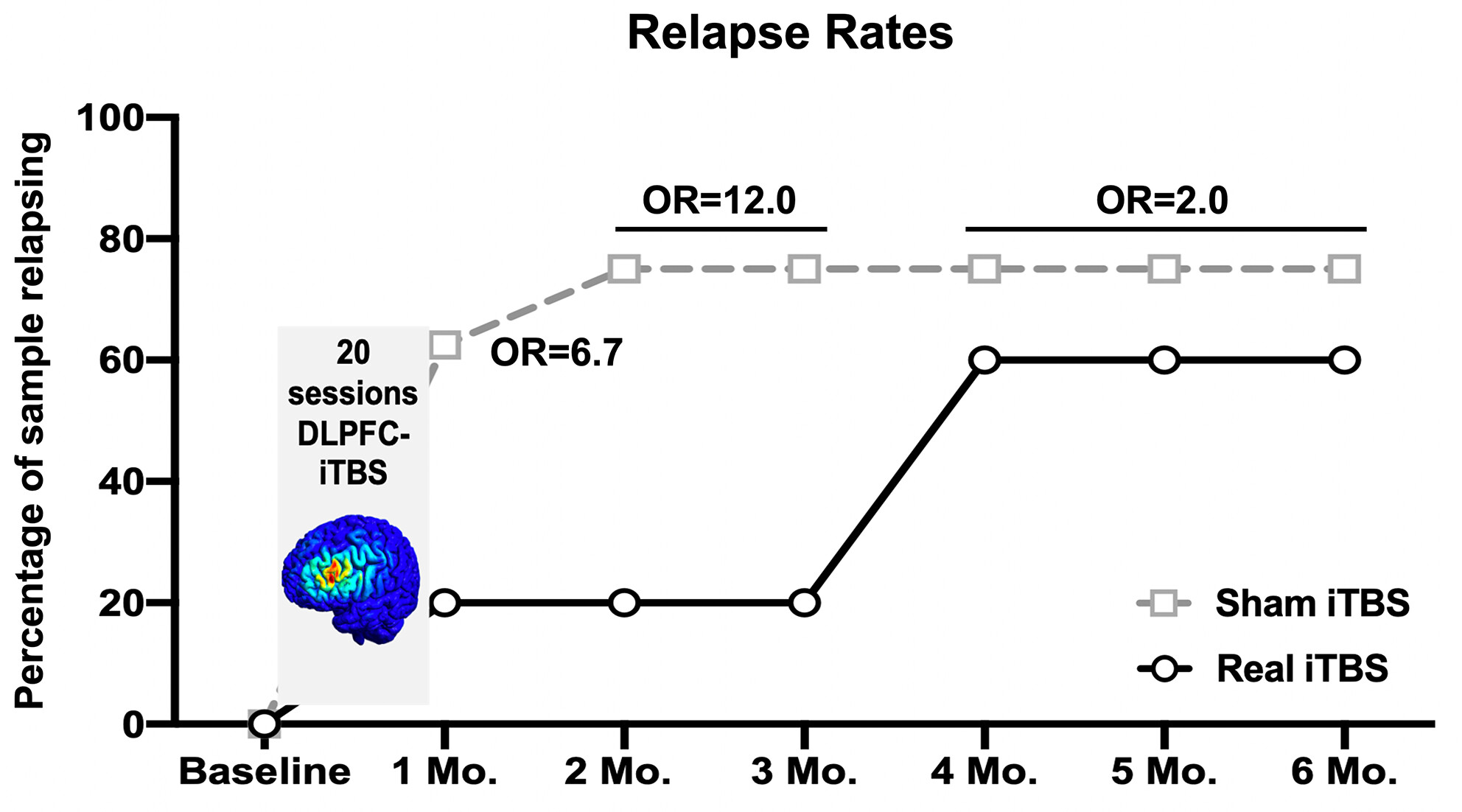
Transcranial magnetic stimulation (TMS) is a promising therapeutic tool for alcohol use disorder (AUD). This study evaluates the feasibility and tolerability of 20 sessions of left dorsolateral prefrontal cortex intermittent theta burst stimulation (DLPFC iTBS, a patterned form of TMS) in Veterans with AUD. Veterans who received active iTBS experienced reduced relapse rates, anhedonia scores and brain response to alcohol cues, relative to sham. DLPFC iTBS is feasible and well-tolerated in Veterans with AUD and may ameliorate relapse-related risk factors.
A randomized trial of the effects of COMT inhibition on subjective response to alcohol: Moderation by baseline COMT activity and mediation of alcohol self-administration
- Pages: 178-187
- First Published: 10 November 2023
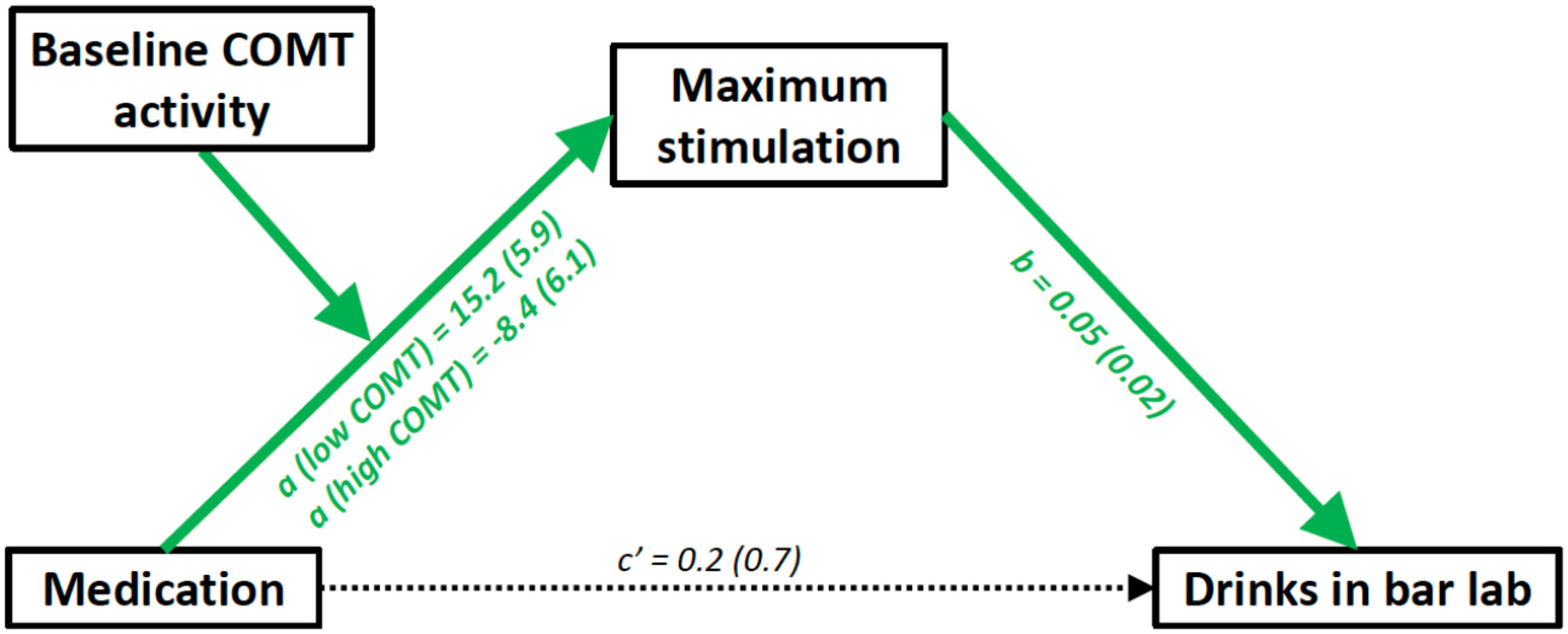
Using a human laboratory paradigm, we tested the effects of the catechol-O-methyltransferase (COMT) inhibitor tolcapone, which selectively potentiates evoked cortical dopamine release, on subjective response to alcohol among non-treatment-seeking individuals with alcohol use disorder (AUD). Tolcapone, relative to placebo, reduced alcohol-induced stimulation and sedation more among individuals with higher baseline COMT activity, and stimulation mediated the interacting effects of baseline COMT activity and tolcapone on alcohol self-administration, suggesting COMT inhibition may be a viable pharmacological target for some AUD individuals.
Latent profiles of regulatory flexibility in alcohol use disorder: Associations with delay discounting and symptoms of depression, anxiety, and stress
- Pages: 188-198
- First Published: 23 November 2023
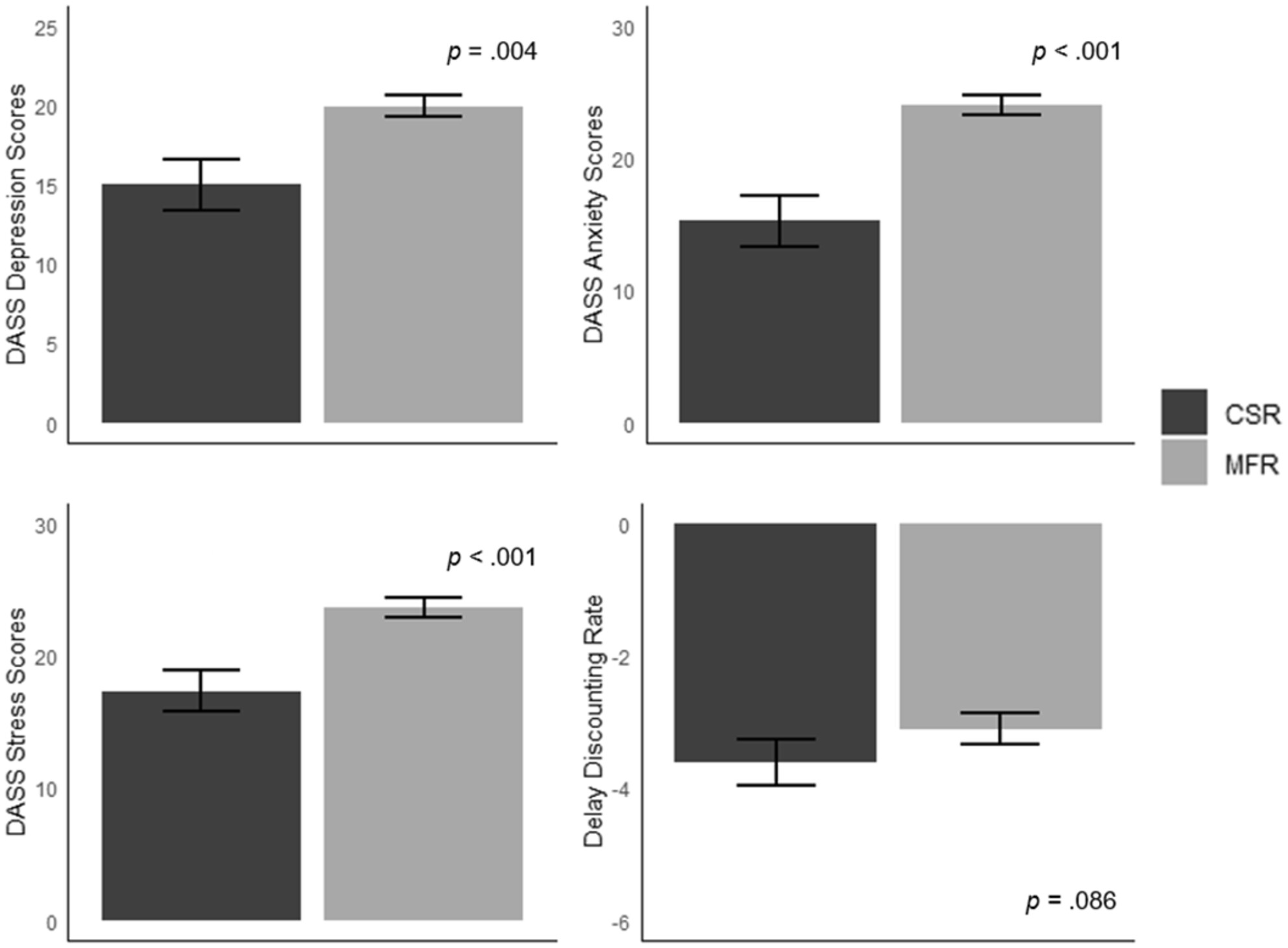
This study investigates regulatory flexibility in individuals with alcohol use disorder (AUD). Using latent profile analysis, two regulatory flexibility profiles were identified: context-sensitive regulators (CSR) and moderate flexibility regulators (MFR). CSR exhibited lower symptoms of depression, anxiety, and stress, along with lower AUDIT scores compared to MFR. The findings suggest that context sensitivity, coupled with moderate abilities in repertoire and feedback responsiveness, may serve as a protective factor against negative psychosocial symptoms in individuals with moderate-severe AUD.





